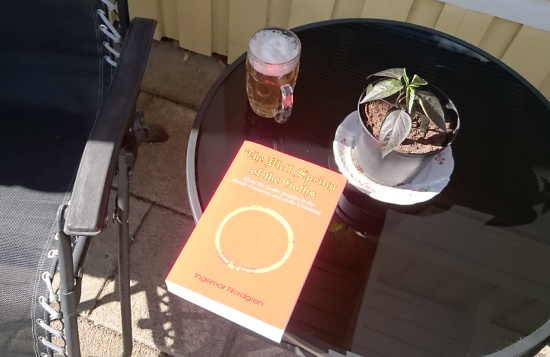OPINION In Ante-Nicene Fathers, we find this description of the early Christians from, probably, the 2nd century:
For the Christians are distinguished from other men neither by country, nor language, nor the customs which they observe. For they neither inhabit cities of their own, nor employ a peculiar form of speech, nor lead a life which is marked out by any singularity. The course of conduct which they follow has not been devised by any speculation or deliberation of inquisitive men; nor do they, like some, proclaim themselves the advocates of any merely human doctrines.
But, inhabiting Greek as well as barbarian cities, according as the lot of each of them has determined, and following the customs of the natives in respect to clothing, food, and the rest of their ordinary conduct, they display to us their wonderful and confessedly paradoxical method of life.
They dwell in their own countries, but simply as sojourners. As citizens, they share in all things with others, and yet endure all things as if foreigners. Every foreign land is to them as their native country, and every land of their birth as a land of strangers.
They marry, as do all [others]; they beget children; but they do not cast away fœtuses. They have a common table, but not a common bed. They are in the flesh, but they do not live after the flesh. They pass their days on earth, but they are citizens of heaven. They obey the prescribed laws, and at the same time surpass the laws by their lives. They love all men, and are persecuted by all.
So, the Cristians were not distinguished from other men by the customs which they observed. Why is this important? It is important because if your customs are incompatible with the customs of other men, you will not be able to communicate with them. If you can’t communicate with men who don’t belong to your group, you will not be able to see through lies about these people that someone from your own community wants to establish, or established as fact long ago. Such lies could even make you scared of these men.
Religious leaders know this, so they try to set you apart — holy in an unnecessary way — as so different from other people that you dare not talk to them lest you become contaminated by their unpious manners, and they dare not talk to you lest they get ensnared by pharisaic logic and dragged down into a black hole of cultic subjection under a god that always seems to decide according to the wishes of a group of men who also publish that god’s decrees, or perhaps interpret them.
It would seem that the best solution is to do like the early Christians did according to Mathetes — to be very much like everybody else and feel free to talk to any member of society. (Luke 5:30-32) However, what do we do when society itself embraces extreme customs?

